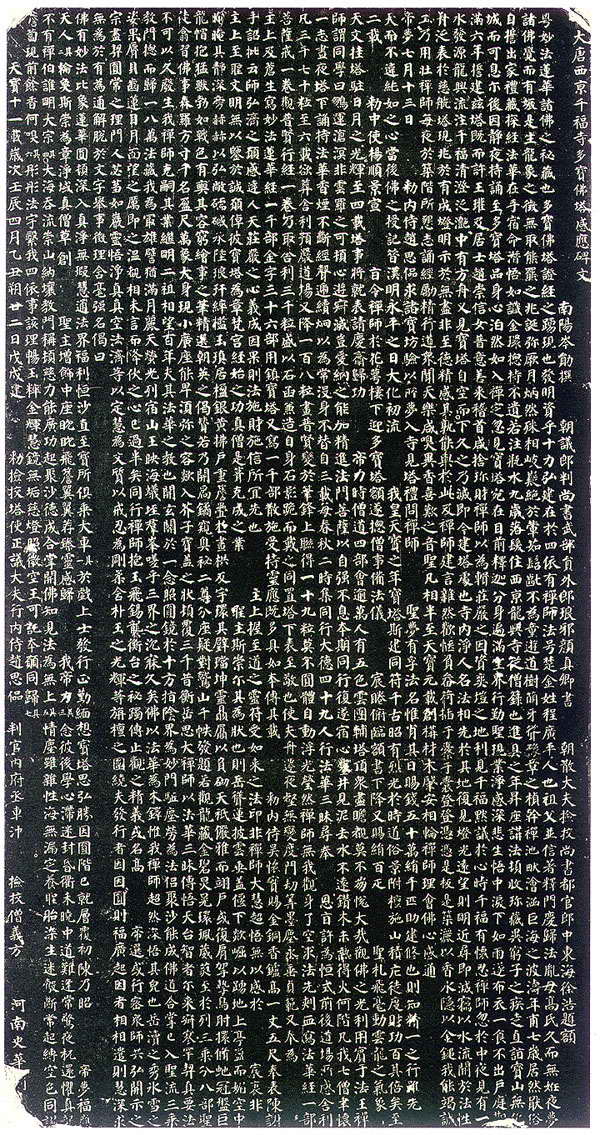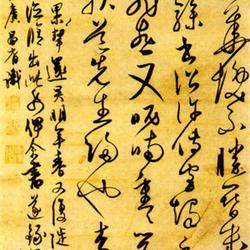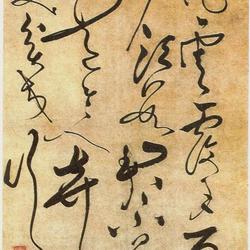Yan Zhenqing's high-definition rubbings of "Duobao Pagoda Stele" can be used as a practice model!

"Duobao Pagoda Monument" as a whole
"Duobao Pagoda Stele"Appreciate in pages










































"Duobao Pagoda Stele", the full name is "Duobao Pagoda Induction Stele of Qianfu Temple in Xijing, Tang Dynasty", was established in the 11th year of Tang Tianbao (752). It was originally located in Qianfu Temple, Andingfang, Chang'an in the Tang Dynasty. It was moved to the Forest of Steles in Xi'an during the Song Dynasty and is now hidden in the Forest of Steles in Xi'an. Regular script, 285 cm high, 102 cm wide, 34 lines of text, 66 characters per line. Cen Xun wrote the article, Xu Hao wrote the inscription, Yan Zhenqing wrote the stele, and Shi Hua published the stone.
This stele is Yan Zhenqing's early famous work. The writing is respectful and sincere, directly related to the writings of the two kings, Ou, Yu, and Chu Yufeng, and it has obvious similarities with the writings of the Tang Dynasty. It shows that Yan Zhenqing was learning from the calligraphers of his predecessors. He pays great attention to absorbing nutrients from the folk art of calligraphy. The whole article has a strict structure, with black silk borders between the lines, and the dots and strokes are round, dignified and beautiful. Every stroke and stroke appears to be moving in silence, and it is ethereal. Although this stele cannot be called the masterpiece of Yan Zhenqing's mature period, and has a very different style from the "Yan Family Temple Stele" and "Magu Xian Tan Ji" he later wrote, it is the first chapter of Yan's book and is Yan Kai's success. As the first step, most people who want to learn facial expressions start from this stele and enter into its secrets.
In the Northern Song Dynasty rubbings, the word "Li" in the 31st line of "Give me the emperor's power" has not been damaged. The whole stele has square edges, and the connection between the calligraphy and painting is very clear. A rubbing from the Southern Song Dynasty. The word "dig" in the 15th line "dig a well and see mud" is intact. The rubbing from the Northern Song Dynasty is in the collection of the Palace Museum in Beijing. The Song Dynasty rubbings "Tang Yan Zhenqing Shuduo Pagoda Stele" photocopied by the Cultural Relics Publishing House, "The Essence of Ancient Epigraphic Rubbings Collection of Peking University Library" contains the complete rubbings from the mid-Ming Dynasty, and "Xi'an Famous Steles" contains the late Ming and early Qing rubbings.


















